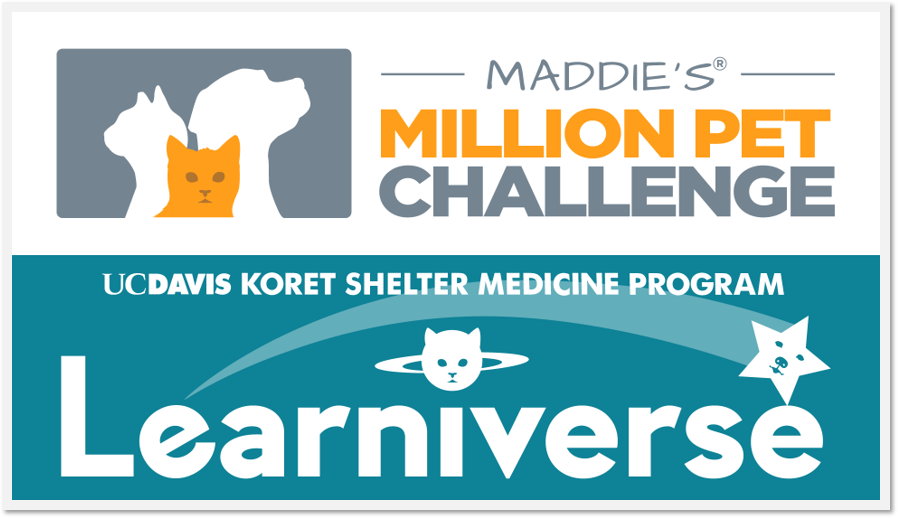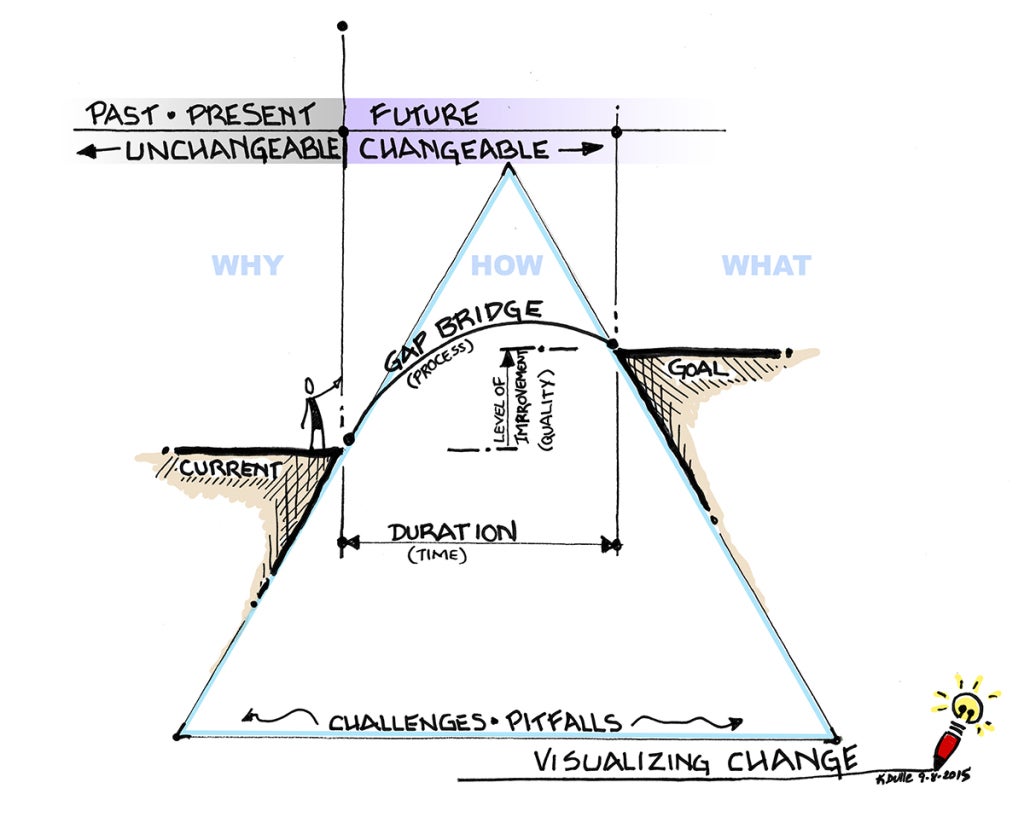Shrinking Denominators on Your Way to World Domination: When a Lower Live Release Rate Is Worth Celebrating

You ask, we answer! We’re opening our mailbag (okay, our inbox) and getting curious about shelters’ most-asked questions. What’s on your mind? Email your question to sheltermedicine@ucdavis.edu.
We are managing intake by offering a safety net program for owner surrenders, practicing return to home for healthy community cats, and taking in only the animals that really need us—often they require vet care. Because of this, our live release rate has dropped below 90%. Some of us are worried about what the community might think. Are we doing this wrong? — Worried But Optimistic
Dear Worried But Optimistic,
My first reaction: Congratulations! This is what we expect to happen when we provide the right care, in the right place and at the right time, to the right outcome for each animal, and it’s our hope that every person working in a shelter will be able to join you in doing just that. Inspired by human healthcare initiatives, this Four Rights framework is designed to ensure the unique needs of each animal are considered with curiosity and compassion. In this context, a lower live release rate might feel scary at first, but it’s actually a measure of what’s going right: animals are getting the individualized care they need. Here’s why.
The story behind the numbers
As we actively determine the animals who are best helped with shelter intake, our in-shelter population changes dramatically. Presumably, euthanasia is the right outcome for many of these animals as they are sick and/or injured, or dangerous. So while the number of euthanasias is likely to stay the same and possibly even decrease, the percentage of animals euthanized will increase. This is just math: the same number or even a smaller number of a smaller whole will result in a higher percentage.
The 90% live release rate benchmark assumes an estimated 10% of all animals entering the shelter will require euthanasia as the right outcome, but this doesn’t fully take into account our shift to a community-based sheltering model, where many animals are helped where they are instead of entering the shelter in the first place. Based on the compilation of the population actually entering the shelter, it makes sense that the percentage of animals for whom euthanasia is the right outcome would be much higher.
We should also consider how many animals are best served by not entering the shelter—how many pets stay with their guardians because of safety net programs like Project Home, or how many healthy community cats are returned to their neighborhoods and caregivers? In a sense, these animals are also part of our live release rate. When an animal doesn’t come in and thus doesn’t have to be euthanized, isn’t that just as good, if not better, than a traditional live release from the shelter?

When the stats aren’t telling your story, start talking!
It’s important to track all animals we help—even if that help is a kind death to end irremediable suffering. This is the work we are called to do. It’s also important to understand the data that we track and to be transparent about it. Believe and acknowledge that a decreased LRR as a percentage is a sign of success. When the stats look wrong but you’re on the right track, start talking to your community about why: It means that animals—and often their guardians too—are getting the help they need in new ways, including humane euthanasia when that is the right outcome.
Since your community might not speak animal welfare readily, offer examples they can connect with to demonstrate animals are still being served, just differently. This healthcare analogy might resonate: If you were to calculate the stats of everyone visiting the hospital on any given day—for example, all visits to the emergency room plus everyone visiting the nonemergency wing to get a Covid shot—you’d see most people who entered the hospital left alive. However, if you moved the Covid vaccinations offsite, you’d find your stats plummeted and, in fact, the number of deaths when compared to visits might be quite concerning. Not one extra life was taken by separating emergency services from nonemergency (in fact, all visitors benefitted from the resulting clarity, increased access to care, and convenience), but suddenly a different story is presented on the surface. If we fail to report our ER stats alongside what’s happening at our Covid vaccination sites, we’ve failed to tell our story.
Tell and show your community the stories behind the numbers, and invite everyone to celebrate with you. We will be! I have talked about this phenomenon in theory for years—and I’m really excited to see it happening in real time, so I’ll say it again: Congratulations!
— Cindy








Bravo! This is very much needed. Well said.